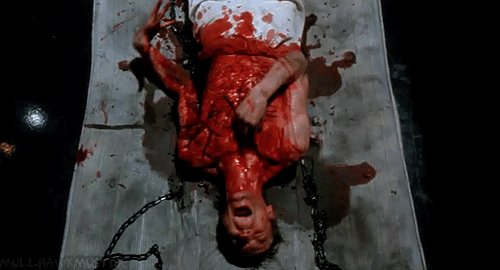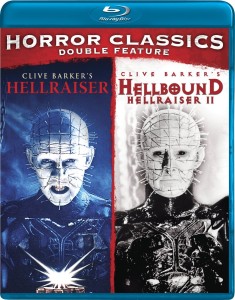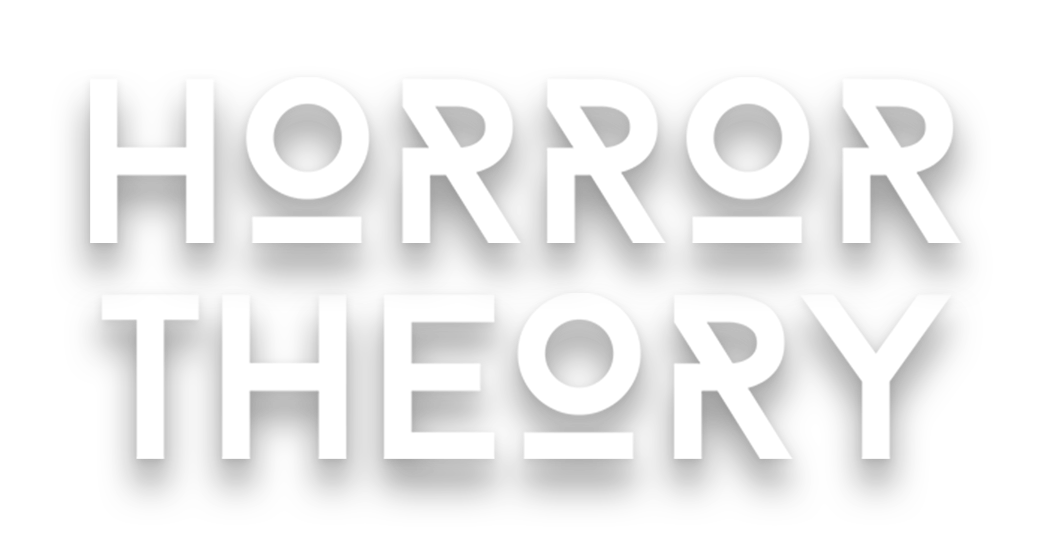The 1980’s brought with it a massive collection of horror movie sequels. In the year 1988 alone, there were follow-ups to: Sleepaway Camp, Poltergeist, Phantasm, The Ogre, A Nightmare on Elm Street, Halloween, Friday the 13th and Fright Night. But there is one exceptional horror movie sequel that is often overlooked– “Hellbound: Hellraiser II.”
“Hellraiser” is a controversial movie, with many film critics condemning the film as tasteless and incoherent. Roger Ebert famously called the first sequel “a series of ugly and bloody episodes strung together one after another like a demo tape by a perverted special-effects man.” Still, others have praised the first two films in the series for its intense visuals and theatrical set-pieces.
The fast-paced narrative of this sequel makes for several diverging plot lines. “Hellbound” runs 93 minutes (or 99 minutes for the unrated version), but the manic pacing of the film makes it feel much shorter. A lot of tragedy, deception and revenge is explored during its protagonist’s burning descent into a fetishistic hellscape.
I have seen the future of horror, and his name is Clive Barker.
-Stephen King (source)
In many ways, “Hellbound” follows a similar narrative as the original with reverse genders. In the first “Hellraiser,” Julia brings human sacrifices to her home where Frank (her husband’s brother, whom she had an affair with when he was still alive) in order to help resurrect him. In the sequel, Julia is dead, and Dr. Channard, driven by lust for Julia and a desire to enter the deathly dimension, offers up the lives of patients in his own mental institution to reanimate Julia.
All along, Julia’s stepdaughter Kristy, whose now stuck in a mental institution, discovers clues that suggest that her father (who’s officially declared dead) may be trapped in the realm of the Cenobites, which are demonic creatures that explore the extremes of pleasure and pain simultaneously. She sets out to rescue him, making her “Hellbound” trip by using the puzzle box that opens a portal to the other hell-like dimension.
Like its predecessor, “Hellbound” is rooted in sexually perverse horror. The extra-dimensional realm of the series is full of creatures (all once human) who are there for varying reasons. Some were pulled into it as punishment, some are there voluntarily to experience masochistic pleasures. Cenobites practice their own religion, complete with a god, that centers around supernatural hedonistic customs. According to Clive Barker, Cenobites are completely amoral and frequently perform “experiments” in extreme sexual experiences.

Barker’s “Hellbound” is one of the most disturbing films I’ve ever scene, if not the most disturbing. It’s the sort of film that is simultaneously gross and engrossing– you’ll want to look away for several of the scenes of very pure, gut-wrenching horror.
In the infamous mattress scene, a psychiatric patient is sacrificed to bring Julia back to life. Atop the bloody mattress that Julia died on in the first film, the psychologically-tortured mental patient cuts himself in a state of intense panic and paranoia, as a zombie-like Julia arises from the mattress, wrapping herself around the poor soul as she drains the life out of him.
The Hellraiser films implore psychedelic elements to the world of the Cenobites. Everything is surreal like a terror-fueled nightmare. It’s difficult to find another horror series to compare it to. While the series never received the recognition it deserved, there are pieces of it in some modern horror story-telling, for example American Horror Story. Also a Cenobite with sawblades in his skull holding a Lemarchand’s box is scene in Drew Goddard and Joss Whedon’s “Cabin in the Woods.”

Even by today’s standards, the special effects look remarkable. Through all of the buckets of blood, monsters, mutilation and torture, “Hellbound” is a visceral experience like none other.
Several characters are shown skinless writhing in their wrinkled, glossy red muscles– some in pleasure and some in pain. Later, a circus clown juggles his own eyeballs.
“Hellbound” is raw in a way that so few horror movies dare to be. Its disregard for common standards of good taste make it one of the more resonant horror films ever produced. Watching the film tonight could very well yield vivid nightmares years from now, as the images in “Hellbound,” for better or for worse, aren’t easy to shake off. If a shamelessly demented surrealist horror is what you’re looking for, look no further.
***
The Hellraiser / Hellbound “Horror Classics” Edition Double Feature is available on DVD and blu ray. And be sure to check out the other entries in the Horror Sequel Marathon right here on My Vinyl Muse!
